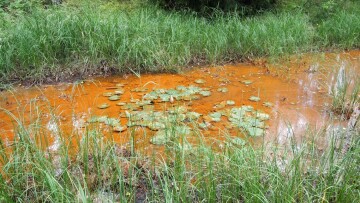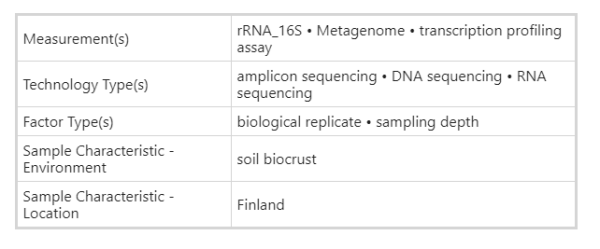Metagenomes and metatranscriptomes from boreal potential and actual acid sulfate soil materials

This article was published in Scientific Data, Nature, in October 2019 and can be found here >> https://doi.org/10.1038/s41597-019-0222-3
Abstract
Natural sulfide rich deposits are common in coastal areas worldwide, including along the Baltic Sea coast. When artificial drainage exposes these deposits to atmospheric oxygen, iron sulfide minerals in the soils are rapidly oxidized. This process turns the potential acid sulfate soils into actual acid sulfate soils and mobilizes large quantities of acidity and leachable toxic metals that cause severe environmental problems. It is known that acidophilic microorganisms living in acid sulfate soils catalyze iron sulfide mineral oxidation. However, only a few studies regarding these communities have been published. In this study, we sampled the oxidized actual acid sulfate soil, the transition zone where oxidation is actively taking place, and the deepest un-oxidized potential acid sulfate soil. Nucleic acids were extracted and 16S rRNA gene amplicons, metagenomes, and metatranscriptomes generated to gain a detailed insight into the communities and their activities. The project will be of great use to microbiologists, environmental biologists, geochemists, and geologists as there is hydrological and geochemical monitoring from the site stretching back for many years.

Machine-accessible metadata file describing the reported data: https://doi.org/10.6084/m9.figshare.9901265